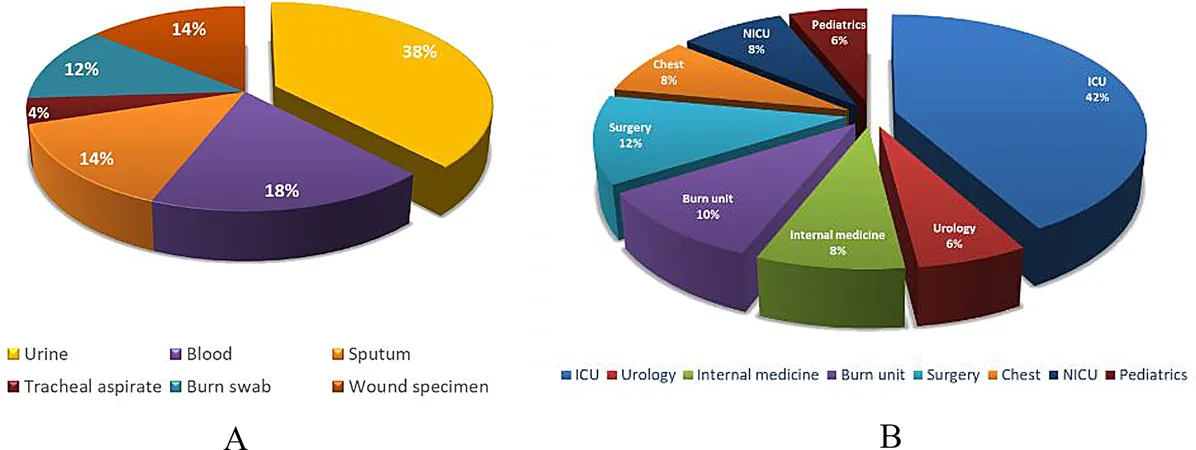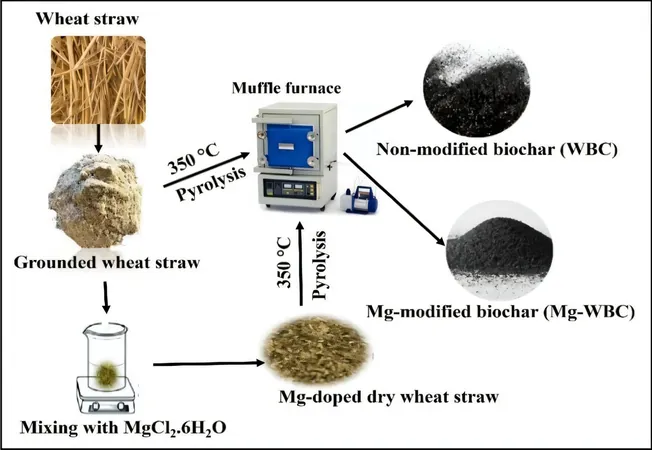
Battling Superbugs: How Chlorhexidine and Benzalkonium Chloride Are Key Allies Against Multidrug-Resistant Klebsiella Pneumoniae
2025-05-07
Author: John Tan
The Rise of Klebsiella Pneumoniae: A Global Health Threat
Klebsiella pneumoniae has become a notorious culprit in healthcare settings, notorious for its role in multidrug-resistant (MDR) infections. Classified by the World Health Organization as a priority pathogen, this superbug continues to pose substantial challenges in controlling outbreaks. Addressing its spread necessitates an ongoing evaluation of effective antimicrobial strategies, including the use of biocides such as chlorhexidine and benzalkonium chloride.
The Power of Biocides in Infection Control
Biocides, including skin antiseptics and surface disinfectants, are crucial in managing microbial load in hospitals. Chlorhexidine (CHX) stands out for its extensive use in various products, ranging from eye drops to antiseptic washes. Its cationic properties enable it to latch onto and disrupt bacterial cell membranes, while also offering bacteriostatic effects at lower concentrations. Benzalkonium chloride, another powerful disinfectant, operates similarly, disrupting cell membranes to exhibit its fungicidal and bactericidal properties.
Growing Concerns: Biocide Resistance
As effective as these agents are, concerns emerge over the rising resistance to biocides. The overuse of both antibiotics and disinfectants subjects bacteria to selective pressures, resulting in the proliferation of resistance genes. Particularly troubling are biocide resistance genes like qacA/B and cepA, which have been identified in MDR bacteria, including Klebsiella pneumoniae.




 Brasil (PT)
Brasil (PT)
 Canada (EN)
Canada (EN)
 Chile (ES)
Chile (ES)
 Česko (CS)
Česko (CS)
 대한민국 (KO)
대한민국 (KO)
 España (ES)
España (ES)
 France (FR)
France (FR)
 Hong Kong (EN)
Hong Kong (EN)
 Italia (IT)
Italia (IT)
 日本 (JA)
日本 (JA)
 Magyarország (HU)
Magyarország (HU)
 Norge (NO)
Norge (NO)
 Polska (PL)
Polska (PL)
 Schweiz (DE)
Schweiz (DE)
 Singapore (EN)
Singapore (EN)
 Sverige (SV)
Sverige (SV)
 Suomi (FI)
Suomi (FI)
 Türkiye (TR)
Türkiye (TR)
 الإمارات العربية المتحدة (AR)
الإمارات العربية المتحدة (AR)